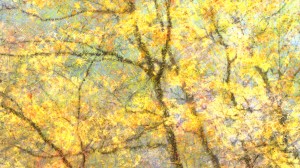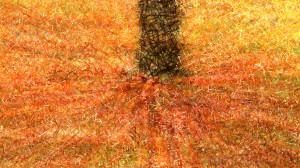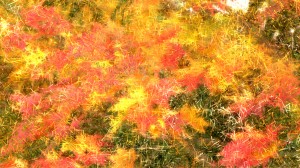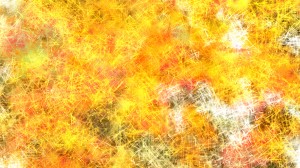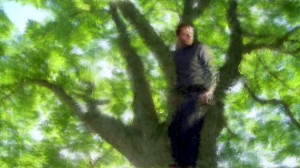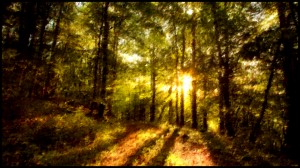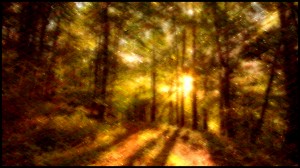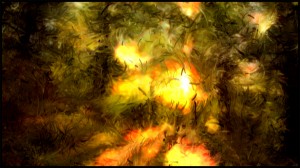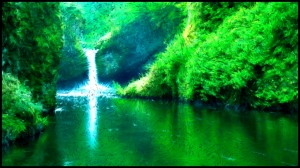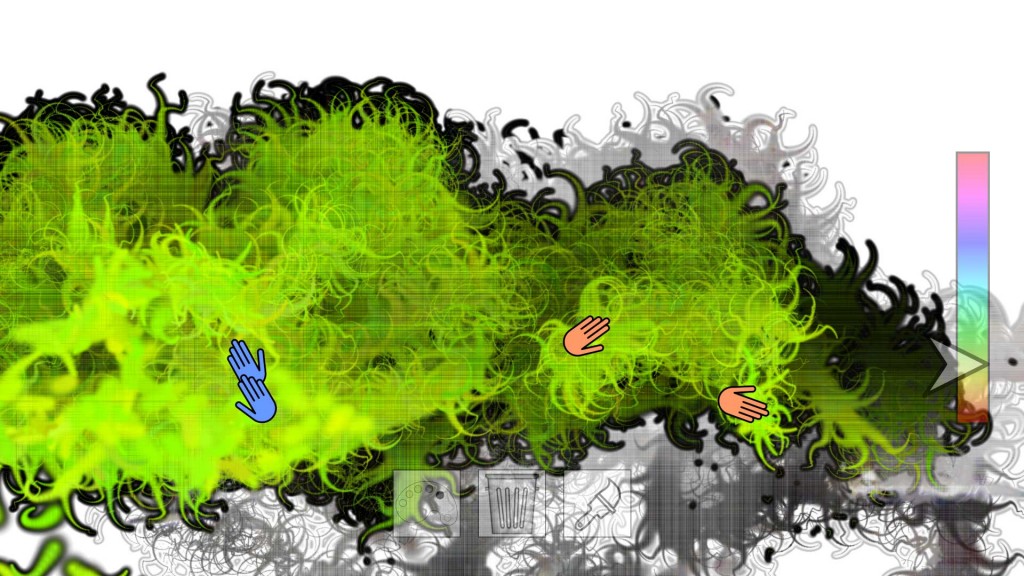Last summer my research won the best paper at Computational Aesthetics 2011 hosted here in Vancouver.
Here is the abstract from the paper:
The communication of emotion and the creation of affect are core to creating immersive and engaging experiences, such as those in performance, games and simulation. They often rely on atmospheric cues that influence how an environment feels. The design of such ambient visual cues for affect is an elusive topic that has been studied by painters, theatre directors, scenic designers, lighting designers, filmmakers, producers, and artists for years. Research shows that simple motions have the capacity to be both perceptually efficient and powerfully evocative, and motion textures – patterns of ambient motion throughout the scene – are frequently used to imbue the atmosphere with affect. To date there is little empirical evidence of what properties of motion texture are most influential in this affect. In this paper we report the results of a study of simple, abstract motion textures that show path curvature, speed and texture layout can influence affective impressions such as valence, comfort, urgency and in.
